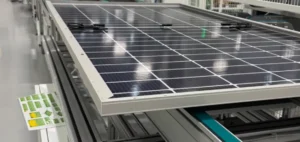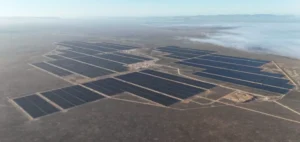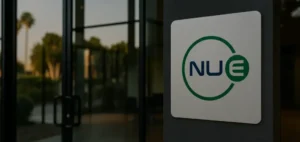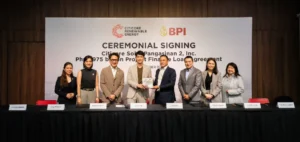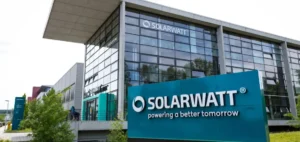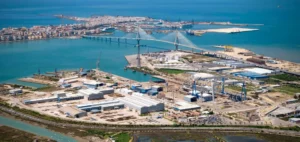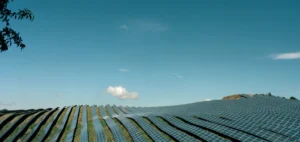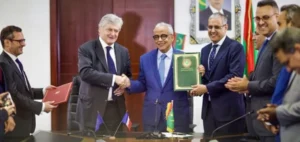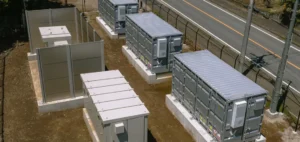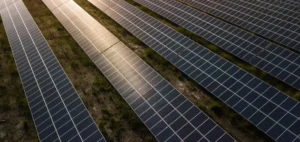India has built a solar module manufacturing capacity reaching nearly 120 GW as of October 2025, according to official figures. This volume far exceeds domestic annual demand, estimated at around 45 to 50 GW, creating an overcapacity ratio of approximately three to one. This imbalance, amplified by a more than 50% global price drop since 2022, is compressing margins and triggering a phase of consolidation.
An industrial landscape polarised by vertical integration
The industrial support policy, based on the ALMM (Approved List of Models and Manufacturers) and PLI (Production-Linked Incentive) subsidies, has favoured the emergence of integrated players such as Reliance, Adani or Waaree Energies. These groups cover several steps of the value chain – cells, wafers, and sometimes polysilicon – enabling them to better absorb market shocks. In contrast, medium-sized assemblers, often limited to older PERC lines, are excluded from these advantages and appear as prime candidates for exit or restructuring.
A tariff wall oriented both inward and toward exports
Indian authorities, through the Ministry of New and Renewable Energy (MNRE) and the Ministry of Power (MOP), have imposed tariffs of up to 30% on Chinese imports while subsidising up to 39.6 GW of domestic capacity via the PLI programme. This framework aims to create a robust industrial base but introduces structural imbalance if access to foreign markets is further constrained.
Regulatory tightening from the US increases pressure
Investigations led by the US Department of Commerce (DoC) and Customs and Border Protection (CBP), notably against Waaree Energies, are reducing export opportunities. The tightening of the AD/CVD (anti-dumping/countervailing duties) regime and traceability requirements on Chinese content are undermining India’s substitution strategy in Western markets. Some manufacturers could face retroactive duties or even delivery bans.
Production lines facing accelerated obsolescence
The transition to advanced technologies such as TOPCon cells, bifacial modules and large-format wafers requires substantial investment. PLI incentives are structured to benefit groups capable of upgrading accordingly. Producers still operating PERC lines, now considered technically outdated, risk seeing their assets stranded without recapitalisation.
A geopolitical repositioning under surveillance
India bet on the relocation of US and European supply chains away from China, aiming for a central role in the global solar value chain. However, rising trade tensions, US customs restrictions, and persistent dependence on Chinese polysilicon are threatening this positioning. Potential expansion of CBAM (Carbon Border Adjustment Mechanism) measures in Europe adds further uncertainty.
Expected consequences for the sector
Large integrated groups are expected to secure most domestic and international contracts, especially in regions aligned with New Delhi (South Asia, East Africa, Middle East). In contrast, non-integrated assemblers face a triple barrier: loss of competitiveness, high adaptation costs, and limited access to bank financing. The market is expected to evolve towards a national oligopoly structured around a few champions.
The announced consolidation dynamic is reinforced by signals from rating agencies such as ICRA, which forecast sectoral rationalisation within three to five years. “OEM profitability is under pressure, a rapid restructuring is likely,” stated their latest 2025 report.



